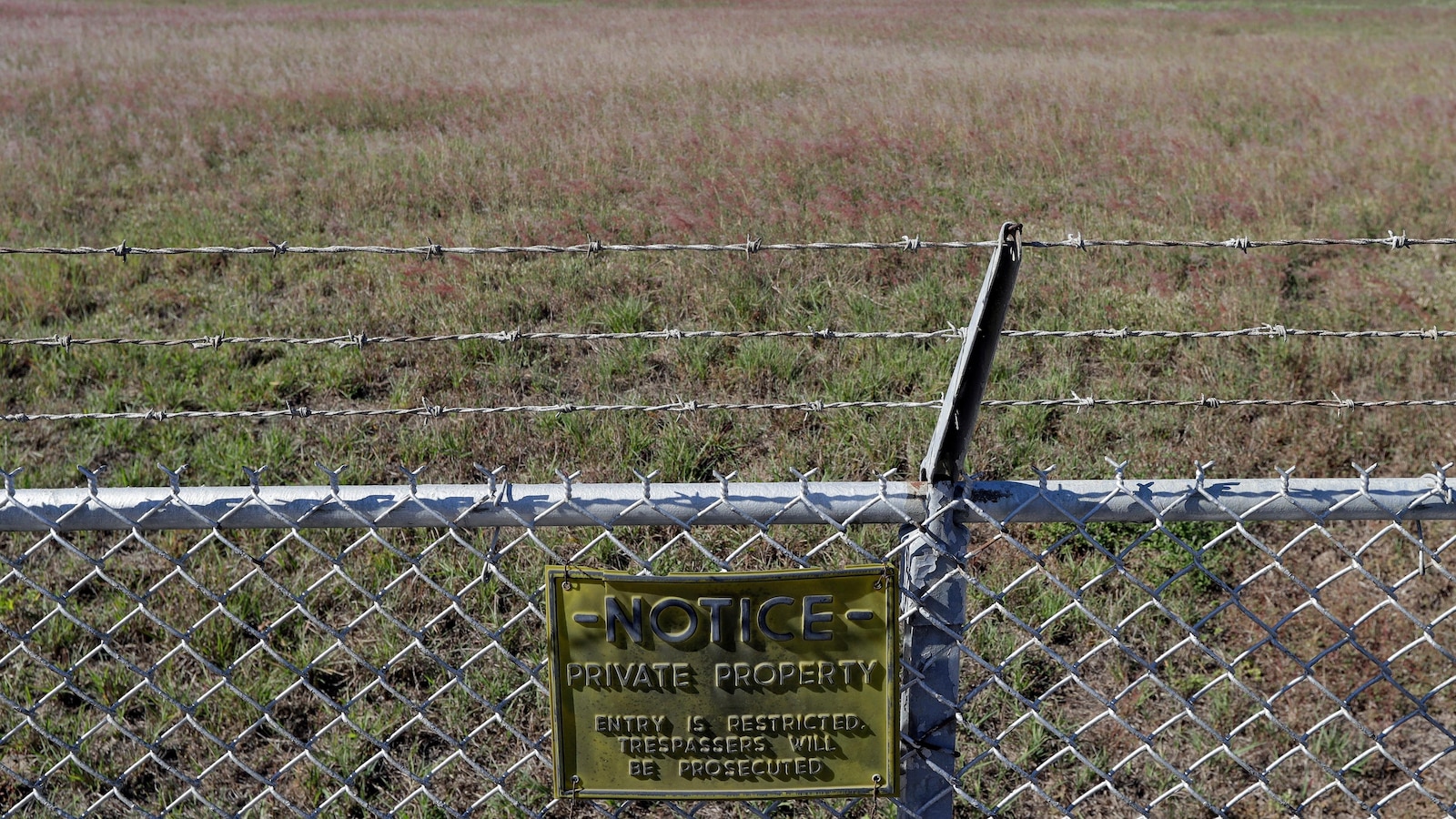As Hurricane Milton bears down on Florida’s west coast with powerful winds and flooding rain, environmentalists are worried it could scatter the polluted leftovers of the state’s phosphate fertilizer mining industry and other hazardous waste across the peninsula and into vulnerable waterways.
More than 1 billion tons of slightly radioactive phosphogypsum waste is stored in “stacks” that resemble enormous ponds at risk for leaks during major storms. Florida has 25 such stacks, most concentrated around enormous phosphate mines and fertilizer processing plants in the central part of the state, and environmentalists say nearly all of them are in Milton’s projected path.
“Placing vulnerable sites so close on major waterways that are at risk of damage from storms is a recipe for disaster,” said Ragan Whitlock, a staff attorney at the environmental group Center for Biological Diversity. “These are ticking time bombs.”
Phosphogypsum, a solid waste byproduct from processing phosphate ore to make chemical fertilizer, contains radium, which decays to form radon gas. Both radium and radon are radioactive and can cause cancer. Phosphogypsum may also contain toxic heavy metals and other carcinogens, such as arsenic, cadmium, chromium, lead, mercury and nickel.
That waste is even more troublesome because there is no easy way to dispose of it, leaving it to pile up and become an ever-growing target for such storms as the monster Milton, which is expected to slam into central Florida late Wednesday as at least a Category 3, with sustained winds approaching 130 mph, a possible 8- to 12-foot (2- to 3.5-meter) storm surge and 18 inches (46 centimeters) of rain.
A lesser storm, Hurricane Frances, which hit the state’s eastern coast as a Category 2 and churned across central Florida in 2004, sent 65 million gallons of acidic wastewater from phosphogypsum stacks into nearby waterways, killing thousands of fish and other marine life.
Of particular concern from Milton is the Piney Point wastewater reservoir, which sits on the shore of Tampa Bay and has had structural issues that have caused regular leaks over the years.
A March 2021 leak resulted in the release of an estimated 215 million gallons of polluted water into the bay and caused massive fish kills. Another leak in August 2022 unleashed another 4.5 million gallons of wastewater. Compounding the problem is the bankruptcy filing of the site’s former owner, HRC Holdings, leaving it to be managed by a court-appointed receiver.
The nation’s largest U.S. phosphate producer, The Mosaic Company, owns two stacks at its Riverview facility that sit on the shore of Tampa Bay. In 2016, a sinkhole opened beneath the company’s New Wales Gypstack, sending millions of gallons of contaminated sludge into the state’s main drinking water aquifer. The company said tests showed there were no offsite impacts from the incident, but the site is at risk of further damage from a storm as powerful as Milton.
Asked about its preparations for the coming storm, Mosaic pointed to a statement on its website: “Preparations for hurricane season include reviewing lessons learned from the previous year, updating our preparedness and response plans … and completing inspections to ensure all test pumps, generators and other equipment needed in the event of severe weather are onsite and in proper working order.”
Florida and North Carolina are responsible for mining 80% of the U.S. supply of phosphorous, which is important not only to agriculture but to munitions production.
Beyond the mine stacks, the Tampa Bay area is also home to old toxic waste sites that are considered among the worst in the nation. A former pesticide production site, the Stauffer Chemical Co., has polluted the Anclote River, groundwater and soil. Today it is an EPA Superfund site undergoing years of cleanup.
The EPA posted on the website that it is “ensuring that this site is secured for potential impacts from Hurricane Milton.”
The Florida Department of Environmental Protection said Tuesday it is preparing all available resources critical to the facilities it regulates, as well as securing state parks and aquatic preserves to minimize storm effects.
“At this time, we are preparing locally for the storm both professionally and personally,” Mosaic spokeswoman Ashleigh Gallant said. “If there are impacts, we will release those publicly after the storm.”
___
Biesecker reported from Washington, Dearen from Los Angeles.

